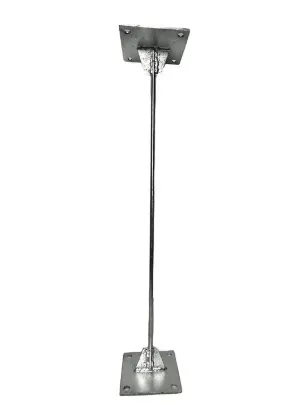loading...
- No. 9, Xingyuan South Street, Dongwaihuan Road, Zaoqiang County, Hengshui, Hebei, China
- admin@zjcomposites.com
- +86 15097380338
- Welcome to visit our website!
sectional steel tanks
Understanding Sectional Steel Tanks A Comprehensive Overview
Sectional steel tanks, also known as panel tanks or modular tanks, are increasingly becoming popular in various industries for their efficiency, adaptability, and cost-effectiveness. These tanks are constructed from sections of high-quality steel panels that are bolted together on-site, creating a reliable containment solution for liquids such as water, chemicals, and wastewater.
Advantages of Sectional Steel Tanks
One of the primary benefits of sectional steel tanks is their modular design. This allows for flexibility in sizing, as tanks can be manufactured to meet the specific requirements of each project. Whether you need a small tank for residential use or a large storage solution for industrial applications, sectional tanks can be easily tailored to your needs. This adaptability also makes them suitable for a variety of installation environments, from tight urban spaces to expansive industrial sites.
Furthermore, sectional tanks are designed for easy transportation and installation. Since they are fabricated in manageable sections, they can be shipped to the site efficiently and assembled with minimal disruption. The installation process is typically faster and more straightforward than that of traditional tank solutions, reducing labor costs and downtime.
Durability and Longevity
Constructed from corrosion-resistant materials, sectional steel tanks are built to withstand harsh environmental conditions and ensure long-lasting performance. The use of galvanization or other protective coatings enhances their durability, making them suitable for outdoor installations where they may be exposed to rain, sunlight, and other elements. Moreover, steel is inherently strong, allowing these tanks to hold significant volumes of liquid without the risk of deformation or leakage.
Applications
sectional steel tanks

The versatility of sectional steel tanks makes them ideal for a wide range of applications. In the water supply sector, they are often used for potable water storage, fire protection systems, and irrigation. Their robustness is particularly valued in industrial settings where they serve as storage solutions for chemicals, oils, and other hazardous materials, ensuring safe containment to prevent spills and leaks.
In the agricultural sector, these tanks are utilized for rainwater harvesting and livestock watering, effectively contributing to sustainable farming practices. Additionally, their ease of cleaning allows for quick sanitation, an essential factor in industries that require stringent hygiene standards, such as food and beverage production.
Environmental Considerations
In today’s world, environmental consciousness is crucial, and sectional steel tanks offer an eco-friendly storage solution. Their ability to be recycled at the end of their life cycle aligns with sustainable practices. By choosing sectional tanks, businesses can contribute to waste reduction while also benefiting from modern advancements in material technology.
Conclusion
Sectional steel tanks present a compelling option for liquid storage across various sectors. Their modular design, durability, and versatility make them an efficient choice for meeting specific storage needs. Whether for municipal water supply, industrial chemical storage, or agricultural use, these tanks provide long-term solutions that can adapt to changing demands.
As industries continue to prioritize sustainability and efficiency, sectional steel tanks will undoubtedly play a pivotal role in shaping the future of liquid storage. With their combination of practicality, resilience, and environmental benefits, they stand as a testament to the innovative approaches being adopted in modern infrastructure development. By integrating sectional steel tanks into operations, companies not only ensure the secure storage of their materials but also align themselves with global sustainability goals.
-
Transform Your Spaces with FRP Grating SolutionsNewsNov.04,2024
-
The Versatility and Strength of FRP RodsNewsNov.04,2024
-
The Excellence of Fiberglass Water TanksNewsNov.04,2024
-
The Benefits of FRP Grating for Your ProjectsNewsNov.04,2024
-
Elevate Your Efficiency with FRP Pressure VesselsNewsNov.04,2024
-
Welcome to the World of FRP Pressure VesselsNewsOct.12,2024
-
Unveiling the Future of Filtration: Why FRP Filter Vessels are a Game ChangerNewsOct.12,2024
